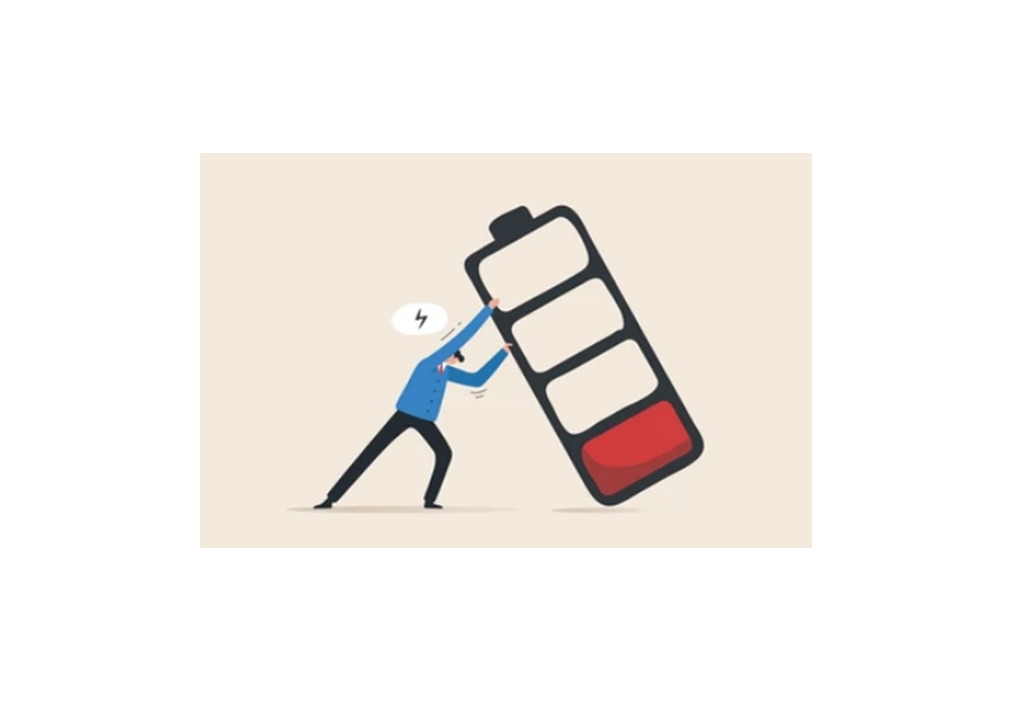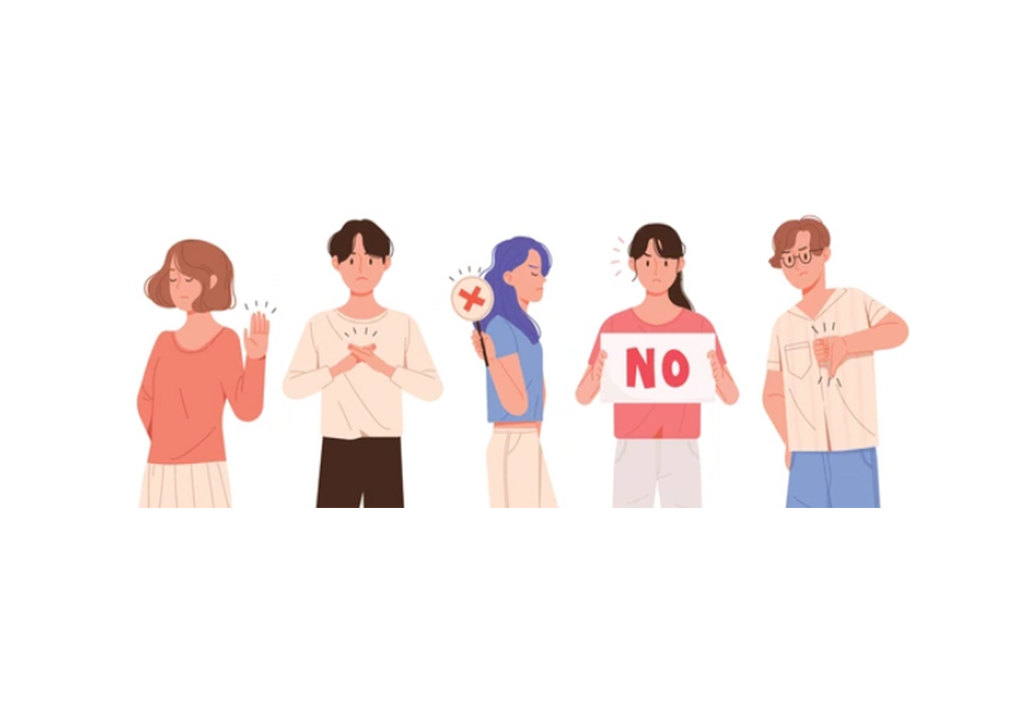Panic Attack
A panic attack is a state of fear that occurs suddenly, for no apparent reason, and is accompanied by physical symptoms. Individuals may often think that they are having a heart attack and that they are going to die. A panic attack is a condition that a person may experience several times in his/her life. If panic attacks are persistent, the definition of panic disorder will be panic disorder.
Panic disorder can be diagnosed after 4 or more panic attacks, including physical symptoms.
Symptoms include chest pressure, sweating, headache, dizziness, numbness, chills, shortness of breath and flushing.
Panic attacks occur in individuals aged 25 and over, which is the early adulthood period, and mostly in women. A panic attack, which comes suddenly without any stimulus, peaks within 10 minutes. Attacks usually last between 10-20 minutes, but it has been observed that they can last up to 50 minutes, although very rarely. After the attack, there may be a concern that the attack may occur again and this may become a situation that may cause panic disorder.
The symptoms of panic attacks and heart attacks are very similar, causing many people to confuse them. Since it is not always possible to understand the difference between them, it is important to contact the nearest health institution when such a situation occurs.
Factors in the occurrence of panic attacks; genetic predisposition, use of certain medications, caffeine, smoking, alcohol, drugs, traumatic experiences, sudden discontinuation of tranquilizers. Psychotherapy and medication are among the methods used for the treatment of panic attacks.
Hashtags
panic attacks fear heart psychotherapy
Categories
Actual Depression - Fear - Panic Attack - Tics







